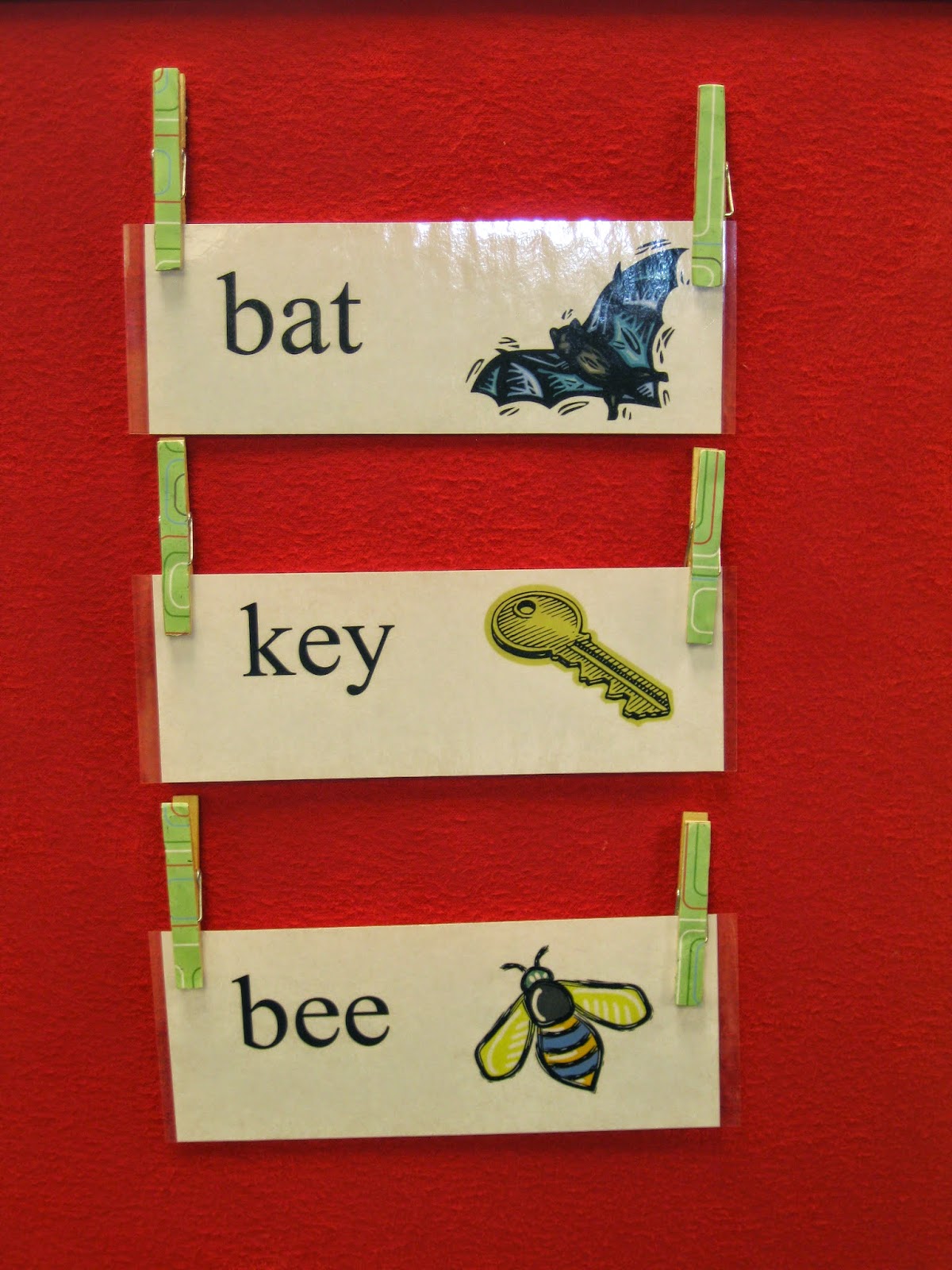Goals for 2015:
- Offer more night and weekend programming. In 2015 I definitely will be trying more to accommodate working families by including more programs that work with their schedule.
- So far I've managed to include a few night programs during both of our recent storytime breaks. They have included a Dance Party for toddlers and preschoolers, a fitness presentation for school age kids, and an upcoming Money Smart Week storytime. Weekend programming remains difficult due to my library's staffing schedule.
- Expand our graphic novel collection. This is a popular format, and I am determined to find a way to overcome limited shelf space and make it more prominent.
- I have bought a few new graphic novels, but haven't made too much progress on this goal yet. Any inspiration or graphic novel suggestions you can provide would be greatly appreciated!
- I am in the process of starting a collection of Newbery winning books and hope to complete this goal in the next few weeks.
- This goal was completed just in time for the announcement of this year's Newbery winner. So far the biggest blessing this collection has brought has been increased space in our JFIC collection. For more about my Newbery winner's collection see this post.
- I want to try new preschool/toddler programming this year, such as a parachute play program and a dance party. I am going to try to combine this with my first goal by scheduling these as evening programs during storytime breaks.
- Dance Party has been accomplished! It was a lot of fun and a great workout for me. Parachute play will probably take place during our fall storytime break.
- Do more outreach to local preschools. I feel like I am developing a closer relationship with local elementary schools, but need to expand my efforts to younger kids as well.
- This is a resolution I need to bring to the forefront of my planning. I have not done as much in this area as I had hoped to do. Definitely something I need to work on remedying.
- Make changes to our summer reading program. I have been debating how I want to go about this, but haven't come to any firm decisions. For sure I want to make changes to how I do reading logs for the youngest participants. A greater variety of non-reading literacy activities will definitely be included.
- My plans for summer reading include a separate baby reading log. I will also add in some non-reading activities when I create our reading logs (something I'm hoping to have done in the next week or so).
- Add iPads to our children's area. They are great tools to support literacy and technology skills at the library and would be a wonderful addition to our new children's tech center table.
- We now have two iPads with early literacy apps. Will definitely update you all further on this in a future blog post!
Thanks for the inspiration Storytime Underground! How is everyone else doing on the resolution front?





















